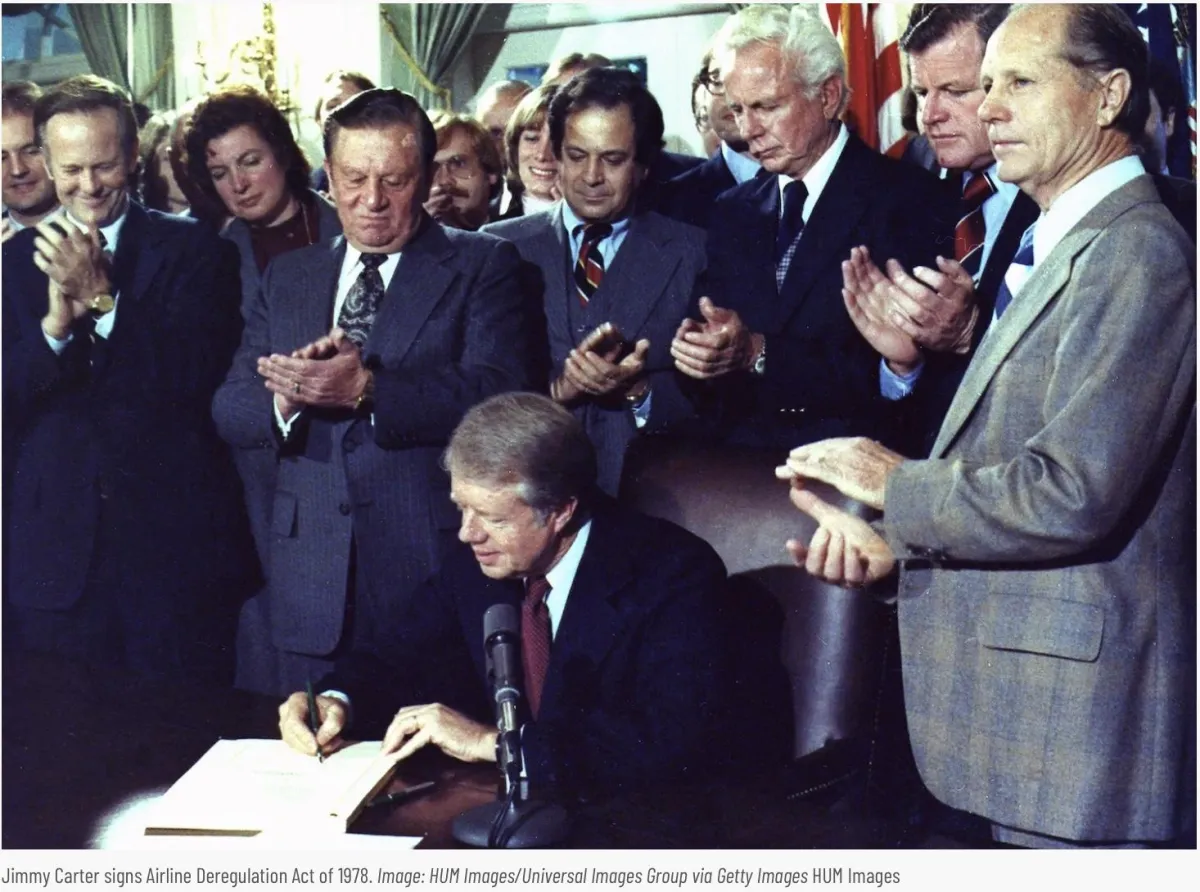
Why Airline Seats Feel Smaller—and How You Can Beat the System With Points
If you’ve ever boarded a flight and felt like you were playing Tetris with your knees, you’re not alone—and it’s not just in your head. Airline seats really have shrunk over the years, and it’s all part of a bigger shift in the way air travel works today. But while most travelers are stuck paying more for less, smart travelers use points and miles to skip the squeeze altogether.
Let’s break down what happened to flying—and how you can still win by using the right strategy.
1. Yes, Seats Are Shrinking—and We’re Getting Bigger
Since the 1980s, major U.S. airlines have quietly cut back on seat space.
Seat pitch (legroom) has dropped from about 35 inches to just 31 inches—or 28 inches on budget airlines.
Meanwhile, the average U.S. adult weighs 15 pounds more than 30 years ago.
The result? More discomfort and less dignity. Travelers today are more cramped than ever before.
2. Smaller Seats = Bigger Risks
It’s not just uncomfortable—it can be dangerous.
Experts warn that tighter seating on long flights increases the risk of:
Blood clots and circulation issues, especially for passengers with obesity or limited mobility
Delayed emergency evacuations, with today’s full flights, smaller aisles, and overloaded bins making it harder to get out fast
3. Why Did Seats Shrink? Blame Deregulation
Before 1978, flying was regulated like a public utility.
Airlines couldn’t slash prices or gut seat quality to cut corners.
Tickets were more expensive, but included checked bags, meals, and service.
Then came the Airline Deregulation Act, which opened the market to competition. While fares dropped in the short term, airlines began chasing profits by:
Cutting comfort
Charging à la carte for bags, seats, and boarding
Shrinking seat size to pack more passengers in

4. Welcome to Basic Economy: The New “Torture Class”
Today’s Basic Economy fares are the natural outcome of that deregulation:
They look cheap at first glance
But come with restrictions like no seat selection, last boarding group, and no overhead bin space
Airlines are betting that you’ll upgrade out of frustration—and that’s exactly the plan
This has created a tiered system: those who can pay, get comfort. The rest get squeezed.
5. FAA Safety Standards Haven’t Kept Up
The FAA has the power to regulate minimum seat size, but they’ve declined to enforce it.
A 2019 study claimed small seats didn’t affect evacuation times—but critics point out it didn’t include seniors, people with disabilities, or passengers over 250 lbs.
Senators like Tammy Duckworth are pushing for more realistic standards, but change is slow.
6. Is Flying Better Now?
That depends.
Yes, it’s cheaper than ever to fly—if you're willing to give up:
Comfort
Flexibility
Basic human space
Flying today is about knowing the game. And one of the smartest ways to win that game? Use credit card points to avoid Basic Economy altogether.
How to Avoid “Torture Class” Without Overpaying
Instead of paying hundreds more in cash for better seats, many savvy travelers use points and miles to book flights in Main Cabin, Premium Economy, or even Business Class.

Right now, Chase is offering their highest-ever welcome bonuses on two of the best cards for travel:
🔹 Chase Sapphire Preferred®
Earn valuable points that transfer to top airline programs
Great for beginners and low annual fee
Transfer to partners like United, Southwest, Air France/KLM, and more
🔷 Chase Sapphire Reserve®
Premium benefits including lounge access and Priority Pass
$300 travel credit
Points are worth 50% more when booking through Chase Travel
These cards open up a world of upgrades, smarter seat selection, and premium flight redemptions—without having to play the Basic Economy lottery.
Final Takeaways
Don’t fall for the cheapest fare.
Use points to fly better
Know what you’re booking (and what’s being taken away)
Advocate for passenger rights and realistic safety standards
Your comfort—and your health—are worth more than a few dollars saved.
Want to learn how to book better flights using points and miles?
I teach all of this and more in my free 60-minute training. Grab your spot here:
